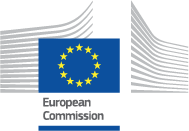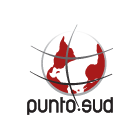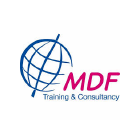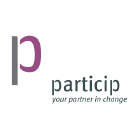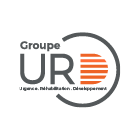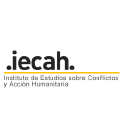WORKING WITH DG ECHO AS AN NGO PARTNER | FPA 2014 - 2020
PROCUREMENT OF MEDICAL DEVICES
DEFINITION OF MEDICAL DEVICE
Medical devices include any instrument, apparatus, implement, machine, appliance, implant, in vitro reagent or calibrator, software, material or other similar or related article:
-
intended by the manufacturer to be used, alone or in combination, for human beings; and
-
which does not achieve its primary intended action in or on the human body by pharmacological, immunological or metabolic means, but which may be assisted in its intended function by such means, as defined by the International Medical Device Regulators Forum IMDRF(former Global Harmonization Task Force 'GHTF')
Medical Devices include an enormous variety of existing healthcare items, and many new forms are being constantly invented. It might be difficult for partner to identify whether a specific piece of equipment is a medical device or not. ECHO does not maintain an exhaustive list of medical devices classified as such.
Examples of medical devices can include: walking sticks, surgical instruments, contact lens lubricants, condoms, stethoscopes, insulin syringes and needles, wheelchairs, hearing aids, implantable devices, Magnetic Resonance Imaging (MRI), and Computed Tomography Imaging (CT).
However, for further information on the classification of medical devices you can look at these lists:
-
Global Medical Device Nomenclature (GMDN) system designates 12 categories of medical devices consisting of more than 10,000 generic groups.
-
The Universal Medical Devices Nomenclature System (UMDNS) is another nomenclature system being primarily used for medical devices.
-
The WHO is also working towards a unified nomenclature system that can be used globally
Please note that mosquito nets are not classified as medical supplies
PROCUREMENT PROCEDURE
Irrespective of the value of the contract to be awarded, the Humanitarian Organisation shall procure medical supplies either:
-
through an HPC, or
-
by launching a procurement procedure
In the latter case, medical supplies must be purchased following a procurement procedure ensuring genuine competition (where possible), between pre-certified suppliers, which can offer pre-qualified supplies (i.e. both supplier and supplies must meet internationally recognized standards).
Therefore, when procuring itself, the partner should get the support of staff qualified in health care (e.g. pharmacist).
PROOF OF COMPLIANCE WITH SPECIAL PROVISIONS
The partners should keep in their files a thorough description of the various procedures described above: pre-certification and procurement procedure.
The partners should also be able to produce certificates of conformity, proof of quality and relevant documentation concerning the pre-qualification of drugs and the pre-certification of suppliers. All documents linked to quality assurance considerations, e.g. positive assessments by entities such as QUAMED and USAID should also be kept in the procurement file as evidence of quality compliance.
EXCEPTION ON QUALITY ASSURANCE DOCUMENTATION
The Annex III is mandatory in all cases as far as quality of food and medical supplies is concerned, regardless of ECHO contribution and regardless of the value of the procurement contract.
Thus, where the partner, for circumstances beyond its control, is unable to demonstrate compliance with internationally accepted product standards, it must follow these procedures
DESTRUCTION OF MEDICAL SUPPLIES, MEDICAL DEVICES AND VETERINARY MEDICINES
When procuring medical supplies, medical devices, or veterinary medicines, the Humanitarian Organisation shall ensure that adequate provisions are in place to ensure respect of internationally recognised best practices in the destruction of any contract-related supplies that are recalled or expired.
REFERENCE, DOCUMENTS & USEFUL LINKS
